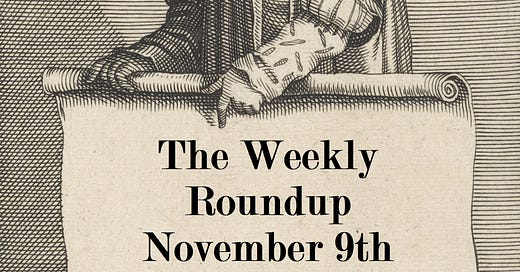Thank you for reading Tradition & Sanity. If you enjoy and benefit from the articles Julian & I publish here, please take out a paid subscription today! Help this Substack to continue long into the future (Deo volente):
If you’ve already subscribed and would like to contribute to the ever-flowing hot beverage that powers my typing, consider leaving a tip…
Keep reading with a 7-day free trial
Subscribe to Tradition and Sanity to keep reading this post and get 7 days of free access to the full post archives.





